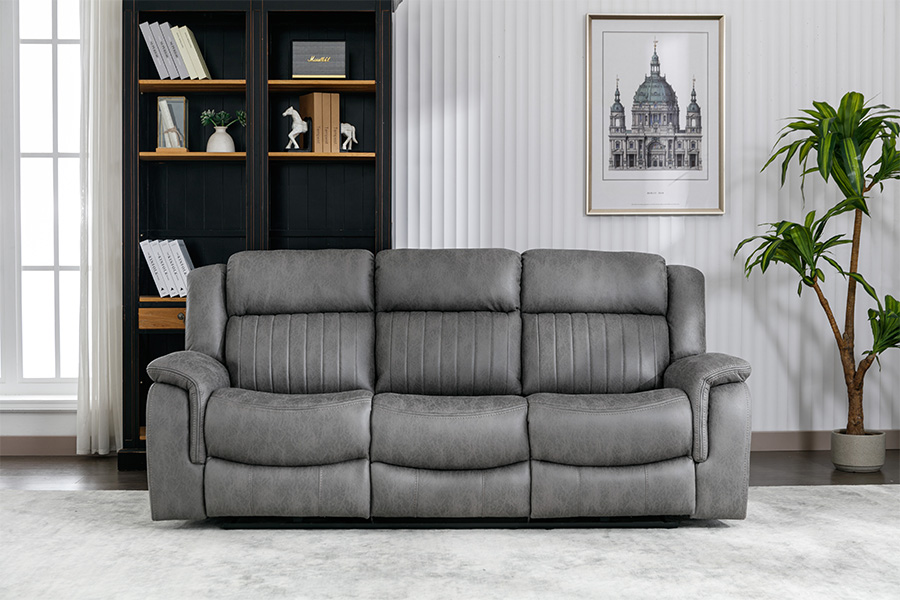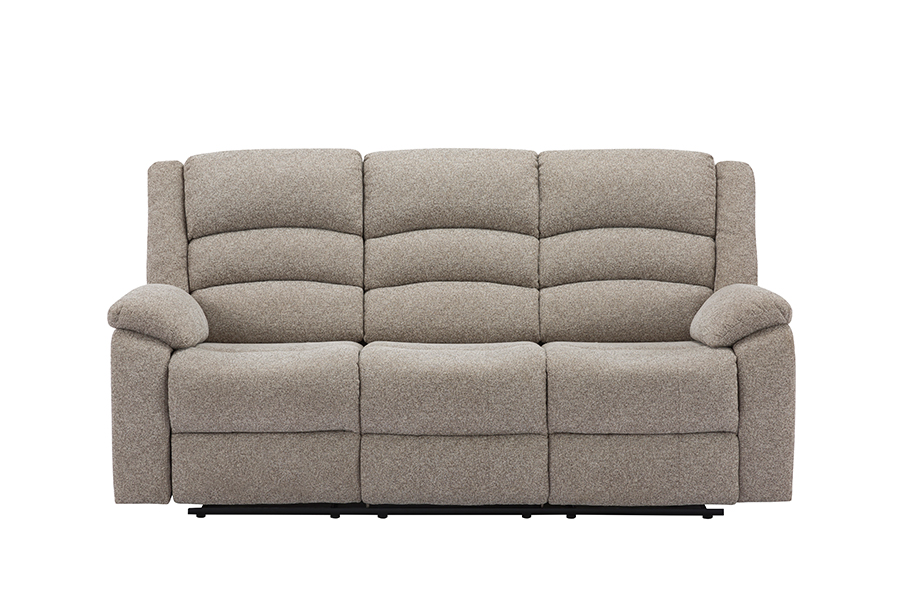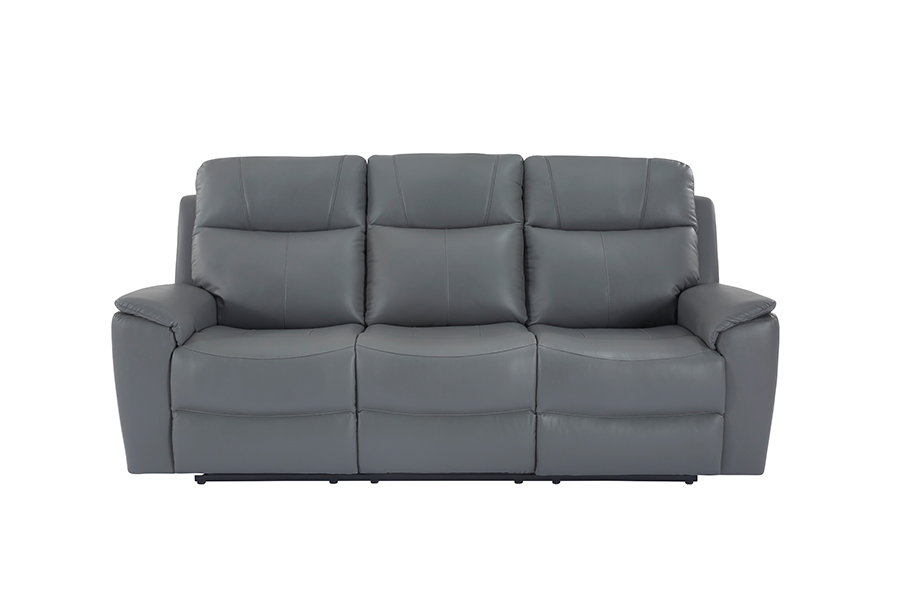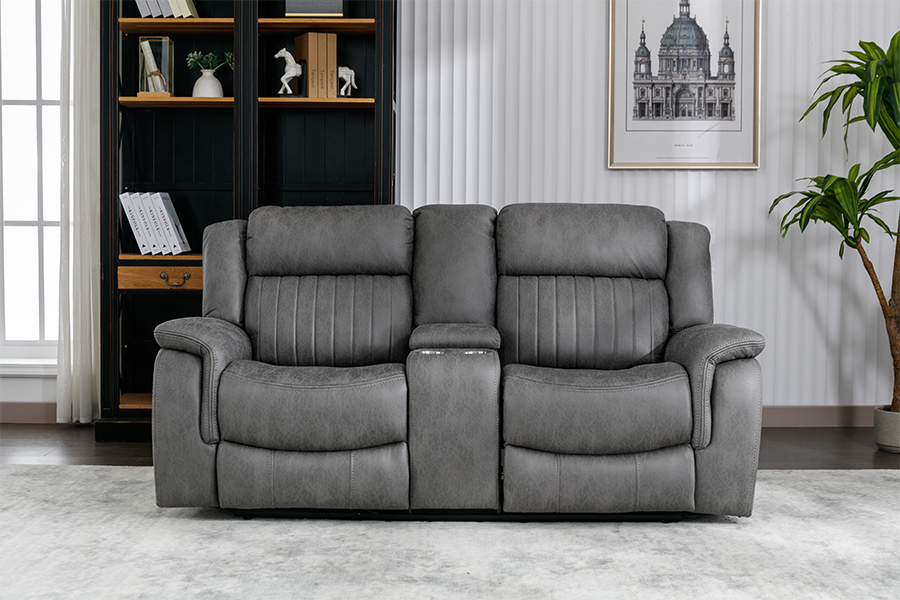Web Menu
Product Search
Exit Menu

The Ultimate Sofa Buying Guide: Find Your Perfect Couch
Posted by Admin | 23 Oct
Introduction
Choosing the right sofa is one of the most important decisions in home furnishing. Beyond being a centerpiece of interior design, a sofa determines the comfort, functionality, and aesthetic appeal of a living space. Whether for lounging, entertaining, or simply complementing décor, the ideal sofa balances comfort, design, and durability.
The Importance of Choosing the Right Sofa
A sofa defines how a living room feels and functions. It sets the tone for the entire space, influencing both visual balance and ergonomic comfort. Selecting an inappropriate sofa can lead to mismatched proportions, premature wear, or discomfort during daily use. Therefore, understanding its size, style, material, and build quality ensures a smart and lasting investment.
Key factors include:
Size: Must complement room dimensions and layout.
Style: Should match interior themes, from minimalist to traditional.
Material: Determines texture, maintenance, and lifespan.
Budget: Influences the available range of designs and upholstery quality.
Types of Sofas
Sofas vary in design and function, allowing flexibility for different spaces. The following table outlines popular sofa types and their characteristics:
| Sofa Type | Description | Best For | Key Features |
|---|---|---|---|
| Sectional Sofa | Configurable units forming an L or U shape | Large rooms | Spacious, customizable layout |
| Chesterfield Sofa | Deep tufting, rolled arms, vintage look | Classic interiors | Elegant, timeless appeal |
| Lawson Sofa | Straightforward design, loose cushions | Family rooms | Comfortable and casual |
| Mid-Century Modern Sofa | Tapered legs, clean lines | Contemporary homes | Retro aesthetic, functional simplicity |
| Sleeper Sofa | Convertible for sleeping | Guest rooms | Dual-purpose, space-saving |
| Loveseat | Two-seater compact design | Apartments | Ideal for small areas |
| Futon Sofa | Foldable, minimalist design | Studios | Affordable, practical versatility |
Understanding the structure and configuration of each type ensures that the sofa complements the user’s space requirements and aesthetic goals.
Choosing the Right Size and Configuration
Selecting the correct sofa size requires careful spatial planning. The sofa must enhance room flow without overwhelming other furniture. Begin by measuring the available area, considering entryways, windows, and pathways to ensure seamless placement.
Practical size guidelines include:
Small Rooms (under 15 m²): Loveseat or futon sofa, typically 140–180 cm wide.
Medium Rooms (15–25 m²): Standard three-seater sofas, about 200–230 cm wide.
Large Rooms (over 25 m²): Sectional or modular sofas exceeding 250 cm, allowing multiple configurations.
The configuration—whether straight, L-shaped, or curved—should reflect both aesthetic preference and the intended use of the space.
Sofa Materials and Upholstery
The upholstery material defines both the tactile feel and maintenance needs of a sofa. Different fabrics and leathers offer distinct advantages and trade-offs:
| Material | Advantages | Considerations |
|---|---|---|
| Leather | Durable, easy to clean, luxurious texture | Higher cost, temperature-sensitive |
| Linen | Breathable and lightweight | Wrinkles easily, less stain-resistant |
| Velvet | Elegant and soft | Requires regular care |
| Cotton | Comfortable and affordable | Can absorb stains |
| Microfiber | Durable, stain-resistant | Synthetic texture may not appeal to all |
| Wool | Warm and resilient | May feel coarse to some users |
When selecting upholstery, it’s vital to balance appearance, comfort, and practical use. For households with children or pets, durable and easy-to-clean materials such as microfiber or treated cotton are often preferred.
Sofa Style and Design
A sofa’s style should complement the existing décor and express the homeowner’s aesthetic vision. Common design categories include:
Modern: Clean lines, neutral tones, and simplicity.
Traditional: Rich textures, curved silhouettes, and classic finishes.
Contemporary: Trend-focused, blending comfort and innovation.
Bohemian: Patterned fabrics and vibrant color contrasts.
Coastal: Light tones and natural fabrics creating an airy atmosphere.
The choice of design directly impacts the visual cohesion of the room. For instance, a mid-century sofa enhances minimal spaces, while a chesterfield enriches traditional interiors.
Sofa Frame and Construction
A sofa’s frame determines its structural integrity. High-quality frames enhance stability, prevent sagging, and extend lifespan.
| Frame Type | Description | Durability |
|---|---|---|
| Hardwood (e.g., oak, maple) | Kiln-dried wood offering strong joints | Excellent |
| Softwood (e.g., pine) | Lightweight and cost-effective | Moderate |
| Metal | Contemporary and durable | Varies with design |
In addition to frame material, joinery quality is crucial. Frames secured with corner blocks, dowels, and reinforced glue provide superior strength over those held together by staples or nails alone.
Comfort and Support
Comfort depends on seat depth, cushion fill, and suspension system—all of which affect how the sofa feels during use.
Seat Depth:
Standard depth ranges from 50–60 cm. Shallow seats are suitable for upright sitting, while deeper seats support lounging.
Cushion Fill Types:
| Fill Type | Characteristics | Maintenance |
|---|---|---|
| Foam | Firm and retains shape | Low maintenance |
| Feather/Down | Plush and soft | Requires regular fluffing |
| Fiberfill | Economical and balanced | Flattens over time |
Suspension Systems:
Springs (sinuous or coil): Provide consistent support and durability.
Webbing: Lightweight alternative, less firm, and may sag with heavy use.
Selecting the right combination of depth, fill, and suspension ensures ergonomic comfort tailored to personal preferences.
Maintenance and Care
Proper care extends the life of a sofa and preserves its appearance. Key maintenance practices include:
Regular vacuuming to remove dust and debris.
Spot cleaning spills promptly to prevent staining.
Scheduling professional cleaning every 12–18 months.
Avoiding prolonged exposure to direct sunlight to prevent fading.
Using removable covers or protective sprays can also minimize wear and simplify upkeep.
Conclusion
Buying a sofa requires thoughtful evaluation of multiple aspects—size, style, material, and construction. Each factor contributes to the balance between comfort, functionality, and aesthetic harmony. By understanding upholstery characteristics, frame durability, and ergonomic features, consumers can select a sofa that not only enhances their living space but also withstands years of daily use.
A well-chosen sofa transforms a room from merely functional to genuinely inviting—making it not just furniture, but the heart of the home.
Related Products

 Floor 2 No.533 Shuangqiao Road, Dipu Street, Anji County, Huzhou City, Zhejiang Province, China.
Floor 2 No.533 Shuangqiao Road, Dipu Street, Anji County, Huzhou City, Zhejiang Province, China. Josie@boshenfurniture.com
Josie@boshenfurniture.com 0086-15105823033
0086-15105823033
Copyright © BOSHEN FURNITURE CO., LTD. All rights reserved.OEM/ODM Upholstered Seating Furniture Manufacturers
 English
English Español
Español





